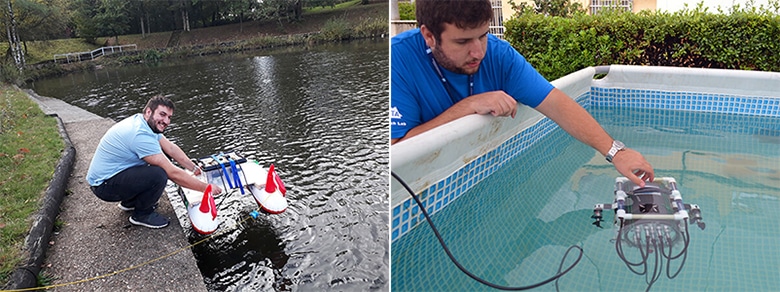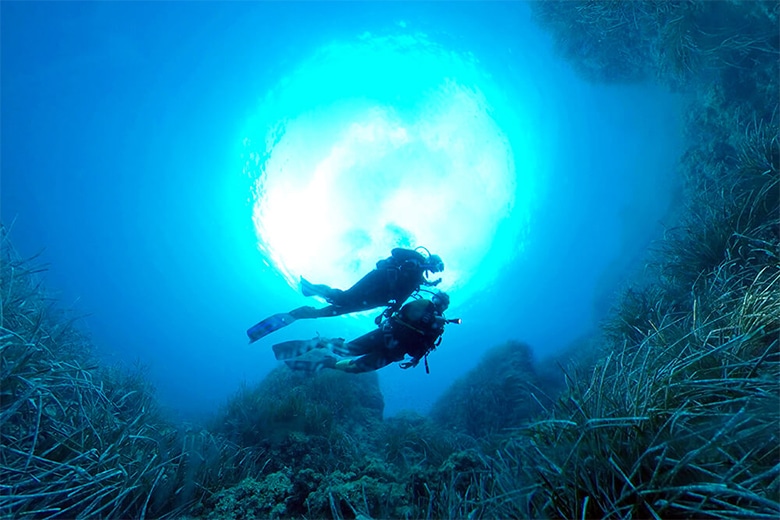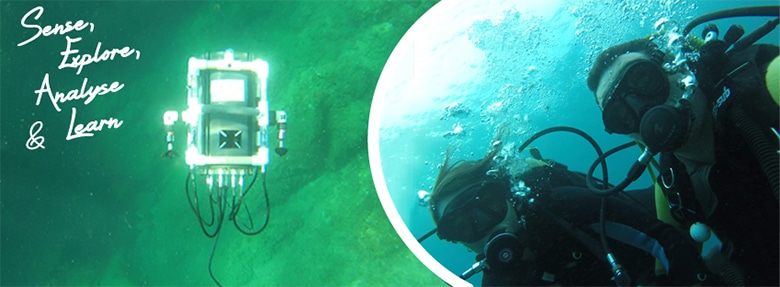Research in progress: exploration robotics at EPITA
Who said that research conducted in a computer engineering school required students to constantly sit behind computer screens? Certainly not the members of the SEAL Research Team, the EPITA research team specialized in exploration robotics!
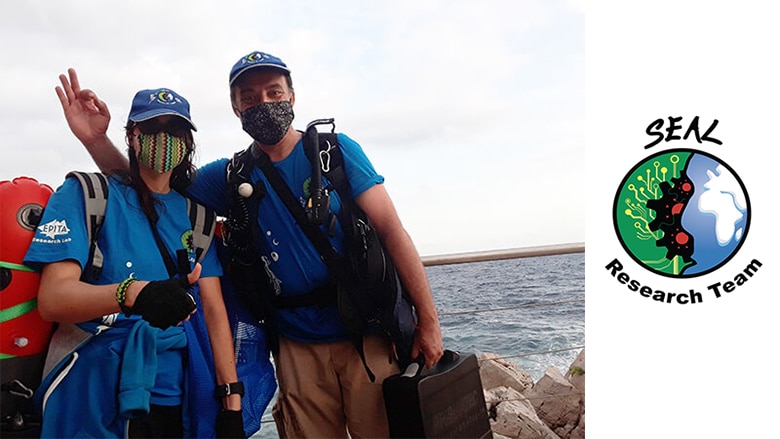
Loïca Avanthey and Laurent Beaudoin
For EPITA researchers and students, “SEAL” stands for “Sense, Explore, Analyse & Learn“: a motto that perfectly describes the temperament and ambition of this team, created in 2018 and led by two teacher-researchers: Loïca Avanthey and Laurent Beaudoin. On the sidelines of the new video episode of the series “Research in Progress, EPITA Innovation Laboratory” produced by the school, Laurent explains how SEAL is unlike any other research project.
What is your definition of research?
Laurent Beaudoin: For me, research is a way to give shape to one’s dreams and imagine a future by striving to understand the different steps and experiences required to get there. Ultimately, it is about exploring and moving forward to better meet the challenges that lie ahead. Today, at this time in human history, it is all the more important to understand the keys to our environment, our planet and our universe. In my opinion, a society without research is like a ship without a compass: it would be able to move, of course, but aimlessly and randomly. Research allows society to always be one step ahead and able to foresee the future.
Is it true that understanding the keys to the environment is at the core of the activities conducted by SEAL?
You could say that! In our research activities, we are indeed interested in mapping the seabed relatively close to the surface. The funny thing is that we know more about the surface of distant planets today than we do about the underwater fringe, between 0 and 100 meters below sea level, despite the fact that very interesting things are happening there!
Que veux-tu dire?
This zone is an interface between air and water where a lot of exchanges take place. We still do not understand everything that happens there. Basically, the Earth should be called the “Sea Planet” as it is essentially made up of seas and oceans which are desert zones. However, the areas of these aquatic deserts where the highest concentration of ocean life exists are mainly in the first few hundred meters of water, near a coastline. This “layer” is therefore very important in understanding how our vessel, the Earth, works. Yet, this zone remains difficult to explore because, unlike the air where an airplane can cover very large areas quickly and accurately, it offers poor visibility. Of course, certain sensors can make out the shape of the sea floor, but not what is on it! To do this, we must get extremely close, overcoming pressure, currents and the absence of GPS, which takes a lot of time. We need to create a model of this layer, using the images obtained through mapping. This is why we are developing a robot to do just that in these shallow areas. Robots are particularly good tools for this, in addition to more traditional means, and our work is focused on this innovative theme. For example, to map the seabed located up to 15 meters below the surface, we use surface robots, like Kraken. However, for deeper waters, we have to use another type of robot, such as Ryujin, our small underwater robot. Ryujin works together with the surface robot providing logistical support.
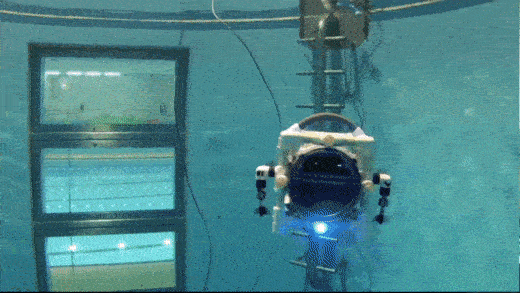
How can this layer allow us to better understand the Earth?
This mapping information can be significant for many fields. For example, we can monitor the endemic impact of certain so-called “new” algae, which have escaped from an aquarium or a ship, on the fauna and flora of a specific area. This can also affect our heritage and archeology, when mapping underwater shipwrecks, which is a real challenge as they tend to be destroyed quite quickly. Moreover, this can benefit the industrial world, as in the case of a port audit, to verify whether or not the bridge pillars are damaged or if anchor buoys need to be renovated. In short, there are many possible applications that can use the data that our project provides.
At EPITA, you conduct research together with students. Is this important for you?
We find that working with students is essential! First of all, it’s a win-win relationship: thanks to them, we save time on certain tasks, while they gain experience. It also allows the students to discover the ins and outs of research, which is not necessarily the first sector they think about when starting engineering school. We are thus able to pass down our passion for research and the desire to discover and understand new subject matters.
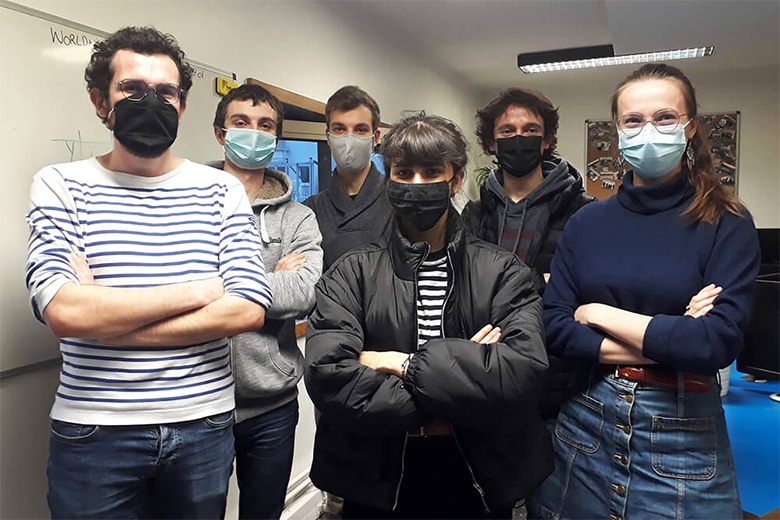
The last team of students to join SEAL
How do you work as a team?
At SEAL, there are permanent members and others who are simply “passing through” and only work with us for a given period of time. The EPITA students who join us during their studies stay for six months or more. During this time, they work on very targeted projects. The PhD students, who stay with us for 3 years, pursue more extensive topics. Charles Villard is one of them – he joined us after his 5-year degree at EPITA to continue his research on the Kraken project. Finally, the permanent members – in this case, Loïca and I – have a global overview of the projects, moving back and forth between the students and also stepping back to assess the direction in which the team is moving and how. Our role is to stay focused on the research being carried out, while knowing what direction to aim for.
As a researcher, what makes you proud?
When students I have worked with become fellow researchers. There is nothing more exciting in my job than passing on the torch and sharing my enthusiasm!
What do you find increasingly appealing about your job?
Exploring new environments, whether intellectual or physical, is a source of adrenaline and wealth that I crave! Finally, we must not minimize the responsible dimension of research. A human being is an intelligent being. This means that, in order to be convinced by our actions, we must be able to understand them. Research is one of the keys to this understanding. Without it, it is impossible to take responsibility for oneself and be aware of the importance of one’s actions on current and future generations!
Discover SEAL on its blog as well as on Facebook and YouTube

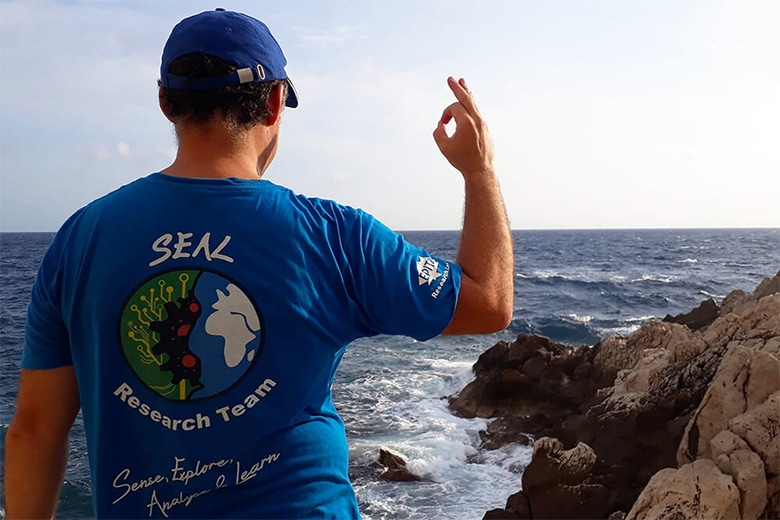
Charles Villard (EPITA class of 2020) has also heeded the call of SEAL
Charles Villard is currently doing a 3-year thesis to specialize in robotics and pursue research. Working alongside Loïca Avanthey and Laurent Beaudoin as a doctoral student at SEAL, this Alumnus speaks about this vocation, discovered as a student at EPITA.
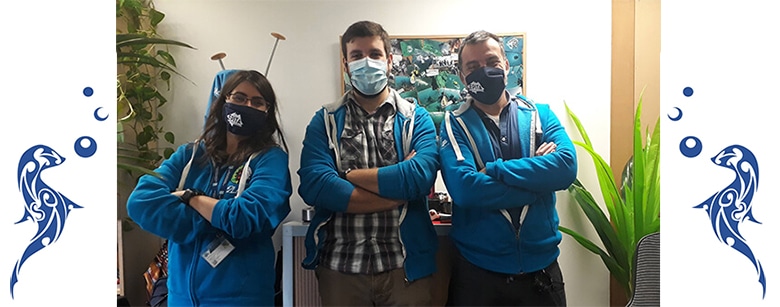
Charles with Loïca Avanthey and Laurent Beaudoin
When did you first develop a passion for research?
Charles Villard: It came gradually, although I already knew in high school that I could potentially do a thesis, depending on my level of studies. It was at EPITA that I really discovered what research consisted of and received hands-on experience by joining the SEAL robotics exploration team. I realized that research not only consisted of abstract concepts, contrary to the preconceived ideas one may have, but that it also included highly technical and very concrete aspects. This is what made me want to continue in this field. Doing research is extremely gratifying, and enables you to contribute to the greater picture, adding a brick to a larger structure that will have an impact on a particular field. You can view research as being a bottle in the sea which, once recovered, can, in turn, help other researchers.
What is your thesis about?
It covers the “360° vision” of underwater sensors and consists of building robots from start to finish and designing the famous cameras used for mapping the seabed, either via an underwater or surface drone. Our team strives to master the entire process from A to Z: robotics, mechanics, computer codes, images, etc. Our goal is to create low-cost robots that can be easily replicated. As an example, for cameras, we use “classic” telephone sensors, which are not too expensive, and then combine them with commercially available chips to synchronize them and provide affordable solutions, unlike those sold for several thousand euros by professionals. Each component can also be adjusted and worked on, allowing for a real hands-on experience!
Would you have any advice for students who also want to write a thesis?
I would just tell them that writing a thesis means being able to delve deeper into a subject. When you start, you know that you’re going to work for three years on the same topic, studying it in-depth and exploring all facets to better understand and master it. And when you’re really enthusiastic about something, it’s great to be able to invest so much in a project over such a long period of time. You have the time to do things correctly and examine the subject from top to bottom!
